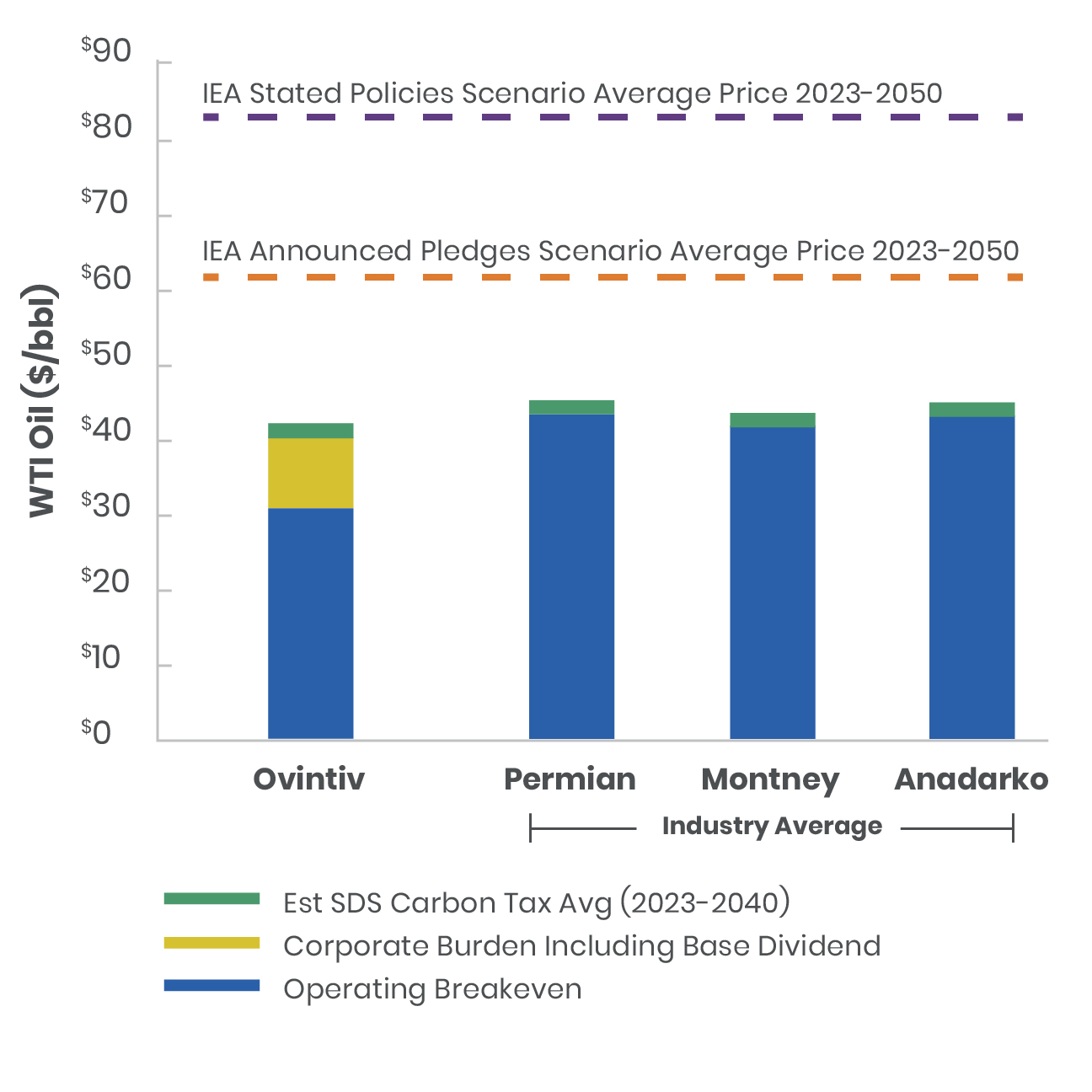STRATEGY
Ovintiv’s risk-informed business strategy incorporates key environment, social and governance issues that have the potential to affect our performance. We conduct our strategic planning and scenario analysis on an ongoing basis, considering the impacts of commodities pricing, carbon taxes, regulations and the potential long-term impacts of climate change.
This process incorporates insights from various contributors within the company, as well as external advisors and private commodity market analysis firms. We follow four interconnected and iterative workflows for our strategic planning.
Ovintiv Strategic Planning Workflow
Strategic Assessment
We incorporate the macro assessment findings in developing a strategic assessment and analysis to test the fitness of the current strategy and discuss potential pathways to deliver value to shareholders over the short and long term. This assessment is presented to, and discussed with, the executive leadership on at least an annual basis.
Benchmark
Benchmarking is also incorporated in our strategic planning. We benchmark our strategic and competitive positioning against companies both within and outside of the E&P industry. This provides real-time intelligence and enhances our understanding of peer strategies, industry trends and business best practices.
Macro Review
We conduct a macro analysis of both the business and industry environment focused on key trends, risks and opportunities with potential to impact our corporate strategy.
Portfolio Evaluation
We conduct an internal assessment to evaluate the current state of our portfolio while considering potential opportunities to advance or enhance value through technological innovation and efficiencies, reduction of uncertainty and the optimization of resources. During this phase, a suite of individual asset development profiles is constructed or revised to test various scenarios and approaches to optimize long-term value creation.
Climate-Focused Scenario Analysis
We consider climate-related risks throughout our corporate strategic planning and scenario analysis process. In conducting our scenario analysis, we utilized internal modeling supported in part by the International Energy Agency’s (IEA) World Energy Outlook (WEO) to better understand the future patterns of a changing global energy system.
We used two of the scenarios included in the IEA’s 2022 Outlook, each of which contain assumptions regarding future population, economic growth and hydrocarbon supply and demand.
Stated Policies Scenario (STEPS): Reflects current policy settings that are in place and have been announced by governments around the world
Announced Pledges Scenario (APS): Assumes that all climate commitments made by governments around the world will be met in full and on time
For the purposes of this analysis, we have included an Ovintiv Base Case Scenario to demonstrate the current competitiveness of our portfolio compared to IEA forecasted prices. The Ovintiv Base Case Scenario assumes holding crude and condensate scale at maintenance capital levels and is non-GAAP free cash flow positive after base dividend.
It is important to note that our analysis assumes a consistent break-even price. Ovintiv has a strong track record of knowledge sharing, adopting innovative practice and driving efficiencies through our business. We expect this performance to continue, further decreasing our break-even prices and increasing our portfolio resiliency.
In alignment with the SASB reporting recommendations, we tested our year-end 2022 reserves against the conditions outlined in the IEA’s APS. The commodity pricing associated with the APS compared to the SEC trailing price forecast used for the year-end 2022 evaluation was lower. As a result, under the associated pricing and escalating carbon tax, the value of Ovintiv’s SEC 1P reserves would be ~30% lower on a NPV10 basis due primarily to lower commodity pricing. However, the net present value of our future cash flows remains positive under the APS scenario, and we believe that our multi-basin, diversified product portfolio is well positioned to be resilient in a low-carbon scenario.
Third–party basin average operating break-even
Significant Free Cash Flow Potential Across both of the IEA Scenarios
